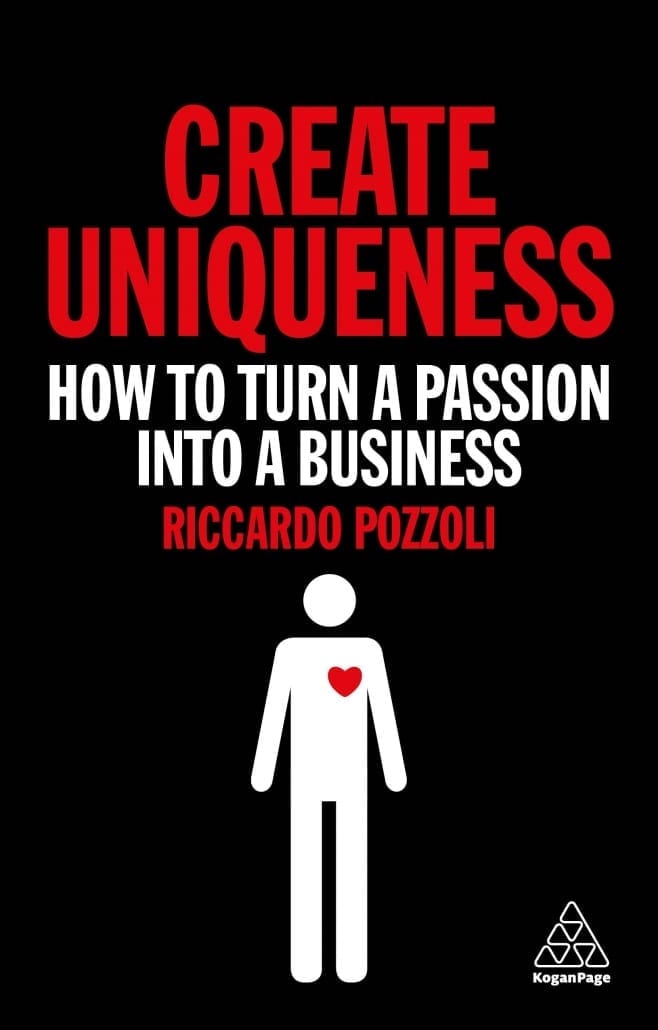A Fast – and Brutally Effective – Way to Make Your Organization More Innovative

They attract people who are looking for a challenge and opt into taking risk in the pursuit of a potential, yet uncertain, upside. The successful ones create a culture that embraces problems as an opportunity to break the rules and find a better way. There are clear incentives to succeed and significant repercussions if you don’t – like losing your job. These organizations are often resource-limited, which creates an incredible focus on only doing what really matters.
They also fail at an incredibly high rate. According to the Startup Genome Project, more than 90 percent of startups fail. If you tried to do something with that failure rate at most established companies, you’d be fired. So what can you do?
One of the solutions that some larger companies have tried is to create an innovative startup within an existing business. This approach hasn’t had much success, as it’s far more complicated to implement than people think. These internal startups strive to be innovative, but tend to become more incremental. They’re limited by the people available to them and the culture of the parent organization.
The good news is that there’s a faster way to get innovation going: Eliminate all the jobs in your company with the title of vice president. This probably seems like a drastic step. But, if you want to innovate, you need to find the right people and create a culture that’s willing to embrace unconventional ideas and is unafraid of change. Keep in mind, culture isn’t defined by words; it’s the embodiment of your actions.
You can’t get serious about innovation until you’ve put these foundational pieces in place.
Substance over form
To get started, take your current organization chart and delete the vice president positions. You’ll still need some people to lead teams and organize work, but call these jobs what they really are: managers. If there’s an overlap between jobs with all the titles removed, it’s a great time to simplify things and get rid of any role that isn’t critical to achieving the goal. Fewer people results in a secondary benefit of smaller teams, which research has shown are much more innovative.
When you tell someone you’re eliminating their title, you’re forcing them to choose to derive their value from the work they do instead of what they’re called. You’re making them choose substance over form. If the title is so important that they can’t or won’t do their job without it, then they’ll get in the way of innovation. If they’re willing to quit over their job title, it’s highly unlikely they’ll embrace the culture required to pursue innovation and drive change. Innovation requires people that care more about what they do than what they’re called and can deal with the brutal truth.
Why target the VPs?
The VP title is a symbol of bureaucracy, which is the enemy of innovation.
According to the Merriam-Webster dictionary, a vice president is: “an officer next in rank to a president and usually empowered to serve as president in that officer’s absence or disability.”
That seems like an important role if something happens to the president, but if the U.S. government only needs one, why do companies need so many? They don’t, that’s the point.
It seems illogical that anyone would want the vice president title to begin with. You’re explicitly acknowledging that you’re not trusted to be in charge unless there’s an emergency. If you literally described the title on a business card it would read something like: “John Doe, Not really empowered.”
If someone wants that job, they’re not the right person to be on a team focused on innovation. You can’t have people waiting around to be empowered; they need to be motivated enough to empower themselves. In fact, if you’re going to pursue something that’s never been done before, you need people who are willing to hold themselves accountable for things outside their direct control.
As organizations evolve over time, you’ll likely be recruiting people from larger companies who feel they need titles to do their job. This is a warning sign that they’re not aligned with the innovation culture. You will hear the argument that titles are cheap; they don’t cost anything. But titles are more expensive than you can imagine; they can cost an organization its soul.
Beware of C-level fever
A new enemy in the title game is potentially more problematic than having too many vice presidents. In Russell Fleischer’s article for Fast Company, he talks about a “C-level fever” that’s not only affecting big companies, but startups as well. He points out that if everyone is a chief, no one really is.
Unlike vice presidents, the chief of something implies that someone is in charge, and when it comes to innovation, this can lead to two significant issues. Chiefs tend to like to make decisions, or at least to be consulted on decisions, which slow people down. They also tend to make themselves the focus of their team, when the focus needs to be on solving the next problem and finding the next idea. One of the keys to innovation is optimizing the people doing the work, not those sitting around talking about it. Limit the number of chief titles to those who need to be legally responsible (and potentially liable) for the actions of the company. When people understand that personal liability comes with the title, it tends to be an effective deterrent.
Innovation is hard, but only because we allow ourselves to make it complicated. Simplify your organization chart, find people who don’t need titles to feel empowered, and create a culture that insists on substance over form. You will be much more successful creating solutions to problems that other people believe can’t be solved.
About the Author


 For the past five years, I’ve established a highly successful manufacturing company that actually supports the little guy. Lots of people said it couldn’t (or even shouldn’t) be done – that manufacturing simply didn’t work that way. I’m happy to say we are growing at an incredible rate, and helping other business owners see amazing growth in the process. But it didn’t happen overnight, and there are many ways that this new style of manufacturing could have gone wrong, instead of becoming the market disrupter that it is today.
For the past five years, I’ve established a highly successful manufacturing company that actually supports the little guy. Lots of people said it couldn’t (or even shouldn’t) be done – that manufacturing simply didn’t work that way. I’m happy to say we are growing at an incredible rate, and helping other business owners see amazing growth in the process. But it didn’t happen overnight, and there are many ways that this new style of manufacturing could have gone wrong, instead of becoming the market disrupter that it is today. Jordan Erskine has used his motivation and entrepreneurial skills to advance the personal care products industry for more than 17 years. He currently serves as the President of
Jordan Erskine has used his motivation and entrepreneurial skills to advance the personal care products industry for more than 17 years. He currently serves as the President of 

 How Machine Learning Helps Humans
How Machine Learning Helps Humans

 When I talk to aspiring startuppers, I realize they have fallen a little for the myth of a winning idea. While it is true that there must be an idea at the base of the creation of a new company, it is also true that it is now almost impossible to invent something new. What makes the difference is putting the idea into practice.
When I talk to aspiring startuppers, I realize they have fallen a little for the myth of a winning idea. While it is true that there must be an idea at the base of the creation of a new company, it is also true that it is now almost impossible to invent something new. What makes the difference is putting the idea into practice. This guest post is adapted from
This guest post is adapted from